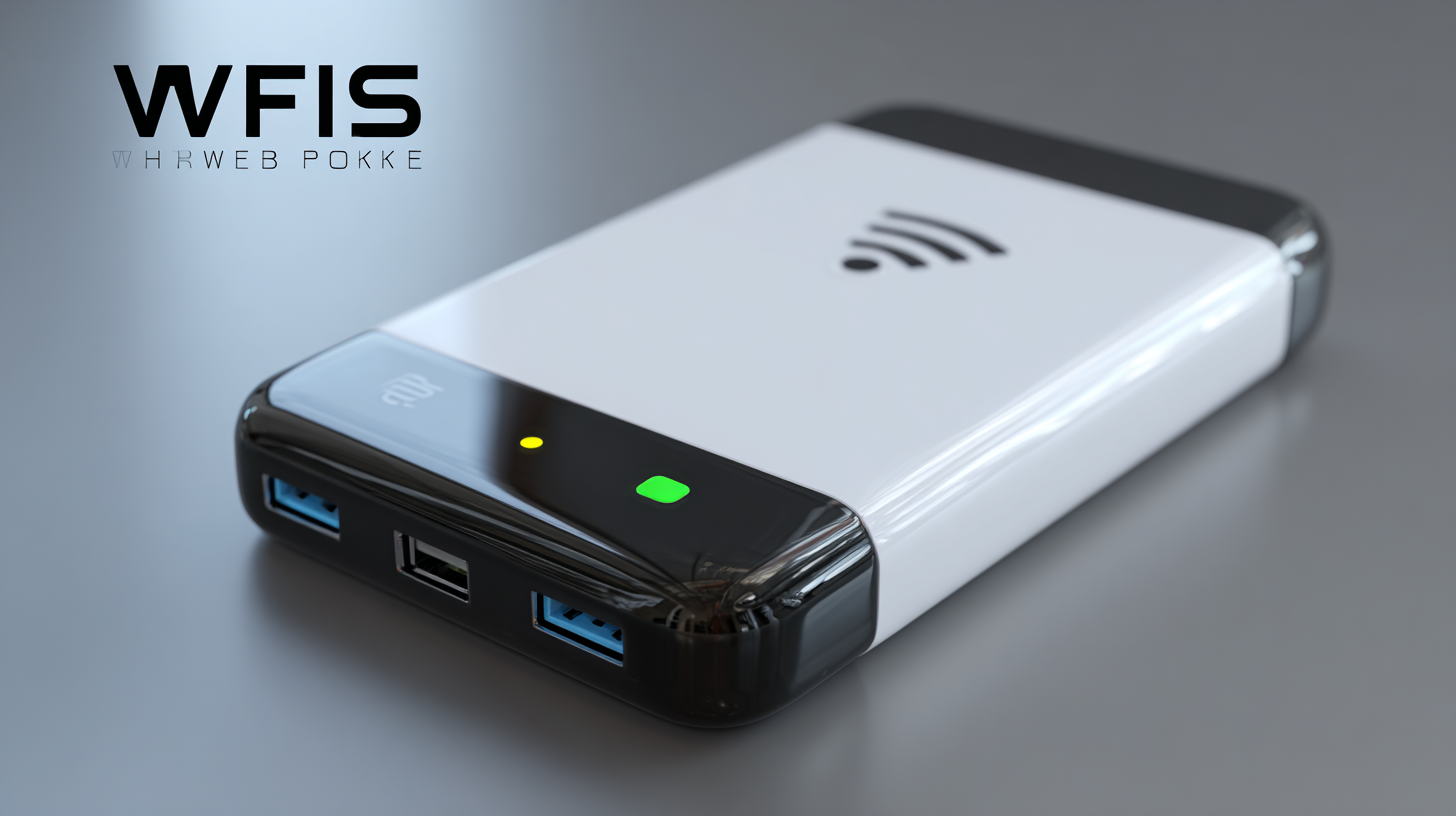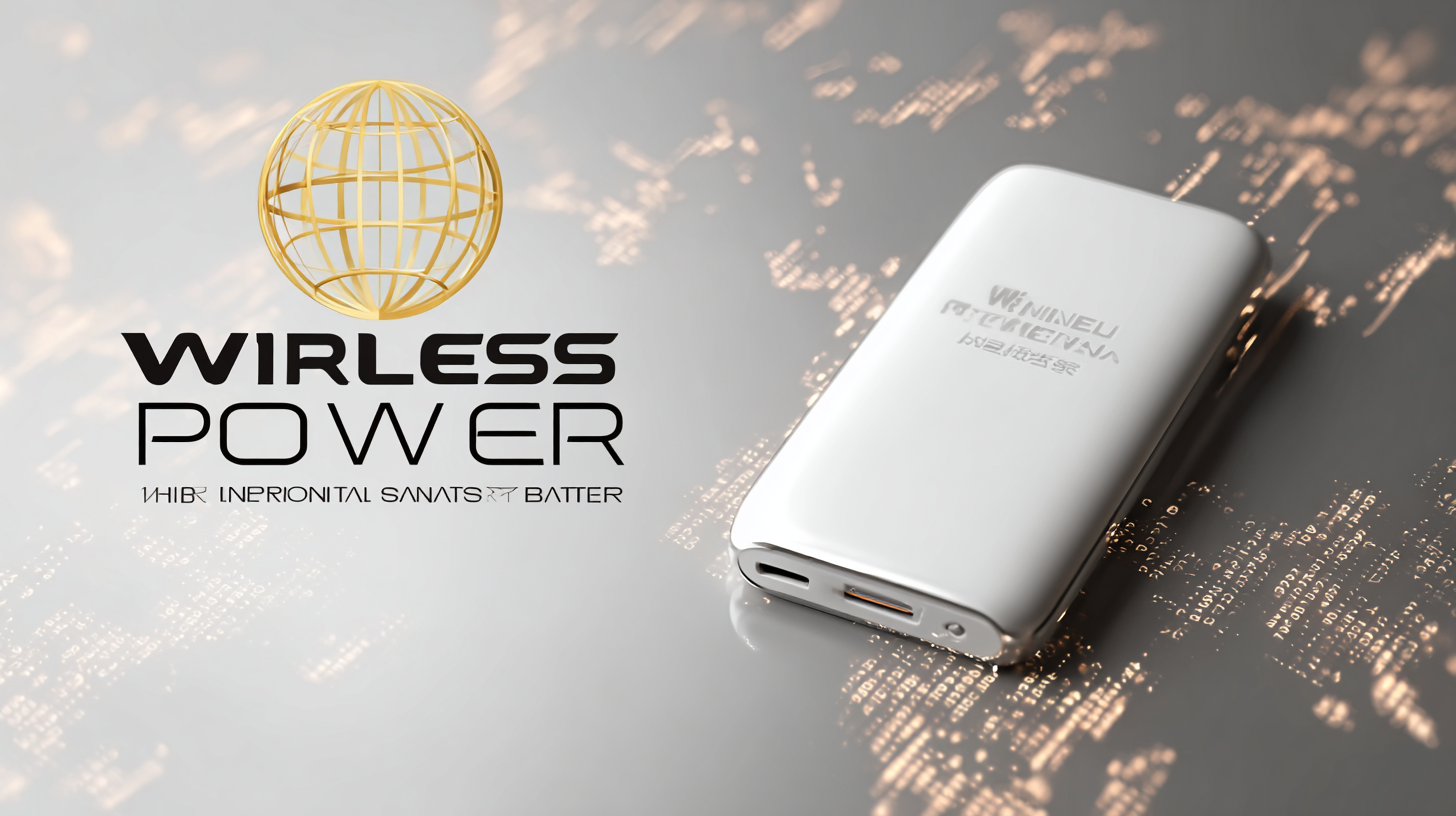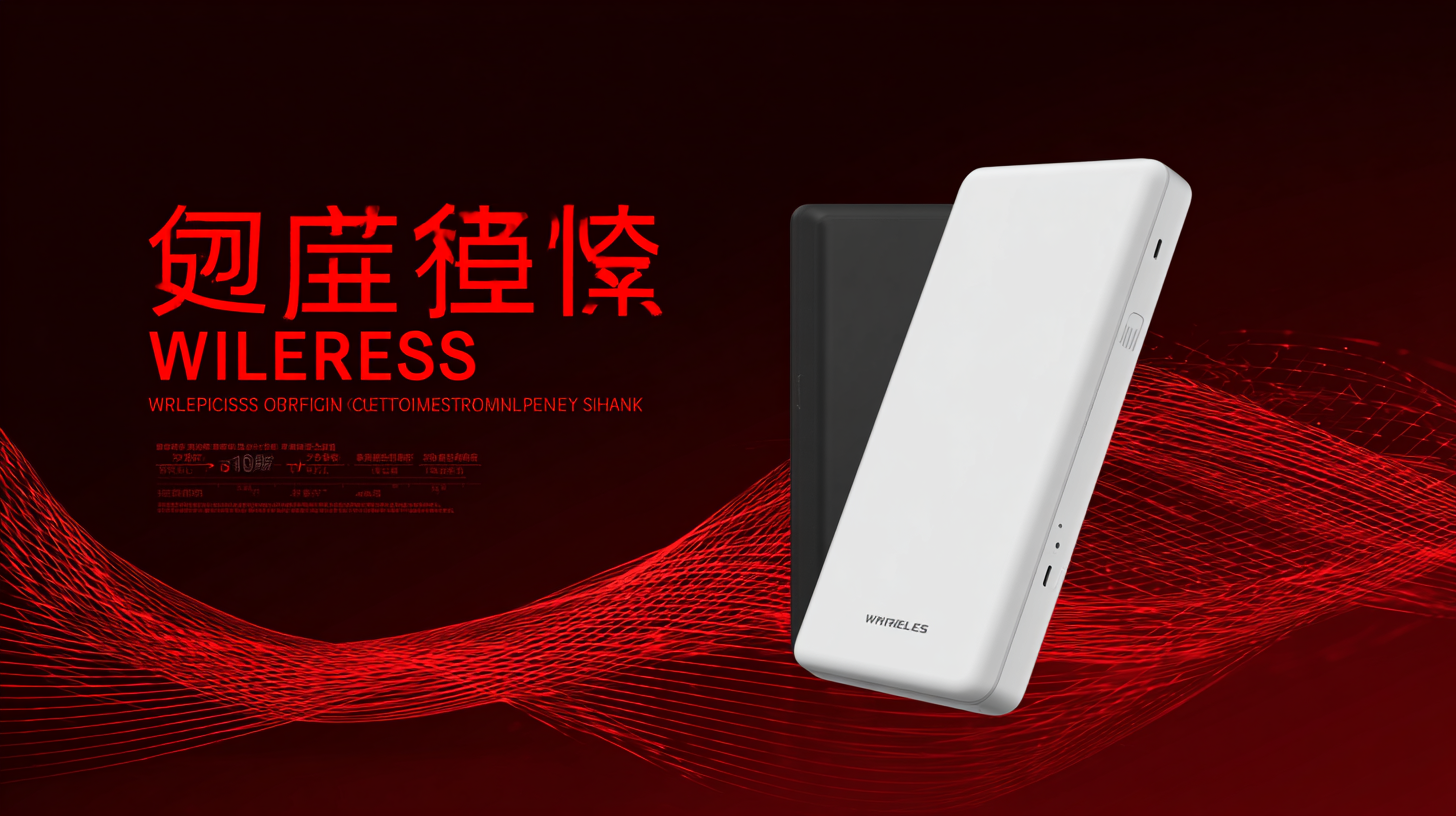Leave Your Message
In today’s rapidly evolving tech landscape, the wireless power bank has emerged as a quintessential gadget, seamlessly blending convenience with innovation. As global demand intensifies, the journey towards achieving import-export certification for these devices becomes crucial for manufacturers aiming for a competitive edge. This blog will explore the essential global standards that govern the wireless power bank industry, providing insights into the compliance process that leading manufacturers must navigate to ensure their products not only meet regulations but also resonate well with consumers worldwide. By understanding the rigorous certification requirements and leveraging best practices, companies can position themselves as frontrunners in the international market, ultimately enhancing their reputation and expanding their reach in the realm of wireless charging solutions.

When venturing into the global market with wireless power banks, it is essential to understand the various certification standards that govern this sector. Different regions enforce distinct guidelines, making it critical for manufacturers to identify and comply with these regulations to ensure product safety and marketability. According to a recent report by MarketsandMarkets, the wireless power bank market is expected to reach USD 7.72 billion by 2025, highlighting the urgent need for compliance with international standards to capture this rapidly growing market.
Key standards such as the International Electrotechnical Commission (IEC) 62133, which outlines safety requirements for portable sealed secondary cells, and the Institute of Electrical and Electronics Engineers (IEEE) 802.11 standards for wireless communication are pivotal in this certification process. Furthermore, obtaining compliance with regional directives, such as the European Union's Low Voltage Directive (LVD) and Electromagnetic Compatibility (EMC) Directive, can also enhance market entry prospects. Approximately 45% of global consumers are willing to pay extra for products that adhere to recognized safety standards, making certification not only a regulatory necessity but also a market differentiator.

When selecting a high-quality wireless power bank, it's essential to consider a few key features that define efficiency and user experience. A compact design with significant capacity is crucial; for example, power banks with around 10,000mAh can charge devices multiple times, making them ideal for frequent travelers or outdoor enthusiasts. According to industry analyses, smaller power banks offering at least 20W output are becoming increasingly popular due to their balance of portability and power, providing faster charging capabilities while still fitting easily into pockets or bags.
Furthermore, durability and added functionalities also play vital roles. Many premium models now come equipped with features like built-in cables, kickstands, and wireless charging capabilities, making them more versatile. The latest reports indicate that consumers are prioritizing such convenience features alongside traditional metrics of battery life and charging speed. As the market continues to evolve, it is evident that the demand for reliable, efficient wireless power banks is on the rise, with trends showing a significant shift towards multifunctional designs that cater to the ever-growing mobile lifestyle.
When navigating the global standards for wireless power banks, selecting a reputable manufacturer is paramount.
According to a report from Grand View Research, the global portable power bank market is expected to reach $13.2 billion by 2026, driven by the increasing demand for efficient and reliable charging solutions. To stand out in this burgeoning market, manufacturers must adhere to international safety and quality standards such as IEC 60950-1 and ISO 9001. These certifications not only ensure product safety but also enhance consumer trust.
Evaluating potential manufacturers involves scrutinizing their certifications, production capabilities, and quality control processes. A study by Statista indicates that over 50% of consumers prioritize product safety and brand reputation when purchasing electronics. Hence, manufacturers with transparent certification processes and recognized quality management systems are more likely to succeed in the international arena.
Addtionally, engaging with third-party testing organizations can provide an added assurance of compliance with global standards, further solidifying a manufacturer’s credibility.
In today's global marketplace, ensuring compliance with import-export certification requirements for wireless power banks is essential for manufacturers aiming to maintain competitive advantage. A recent study by the **International Electrotechnical Commission** highlighted that nearly 80% of product failures in the market stem from non-compliance issues, emphasizing the need for a thorough understanding and adherence to certifications. Companies can mitigate risks by adopting robust compliance strategies that involve regular audits and employee training.
To achieve compliance, organizations should implement engaging online training programs that clearly outline the regulatory landscape. According to a report by the Compliance Training Institute, **well-structured training can enhance compliance understanding by up to 70%**. Additionally, integrating a generative learning platform can promote knowledge retention and practical application of compliance protocols in real-world scenarios. Each step taken towards compliance not only safeguards against legal repercussions but also builds consumer trust, a crucial factor in today’s environmentally conscious market.
In the competitive landscape of wireless power banks, achieving import-export certification is crucial for ensuring product safety, reliability, and compliance with global standards.
Testing laboratories play a pivotal role in this certification process, providing essential assessments that validate a product's adherence to industry regulations.
According to a report by MarketsandMarkets, the global wireless charging market is projected to reach $31 billion by 2026, highlighting the increasing demand for certified products that meet rigorous quality benchmarks.
Testing laboratories conduct various evaluations, including electromagnetic compatibility (EMC) testing and safety assessments, to certify wireless power banks. A recent study by Technavio indicated that wireless chargers ranked among the key factors influencing consumer purchasing decisions, with 85% of users prioritizing products that are certified by recognized testing bodies. These laboratories ensure that the products not only perform effectively but also meet safety standards such as IEC 62368-1, which governs the safety of electronic equipment. By leveraging the expertise of these laboratories, manufacturers can enhance their market credibility while facilitating smoother import-export processes.

